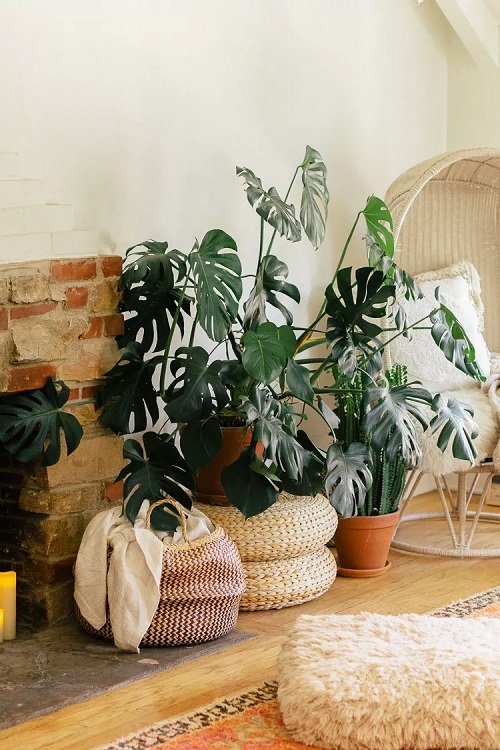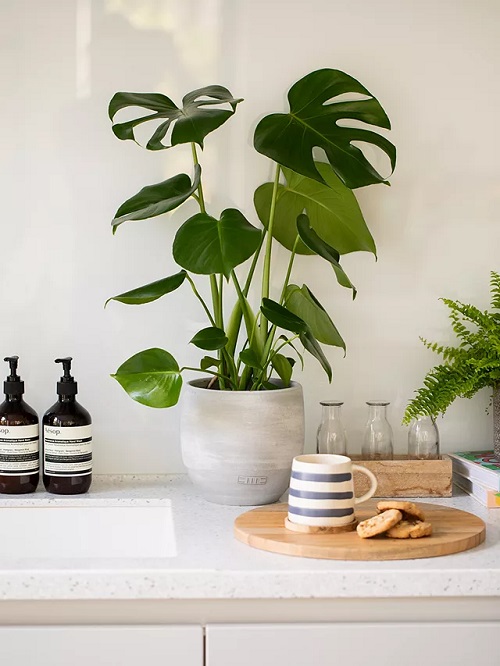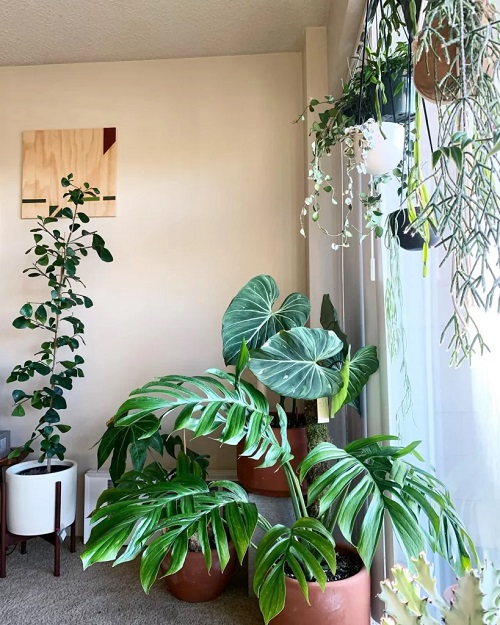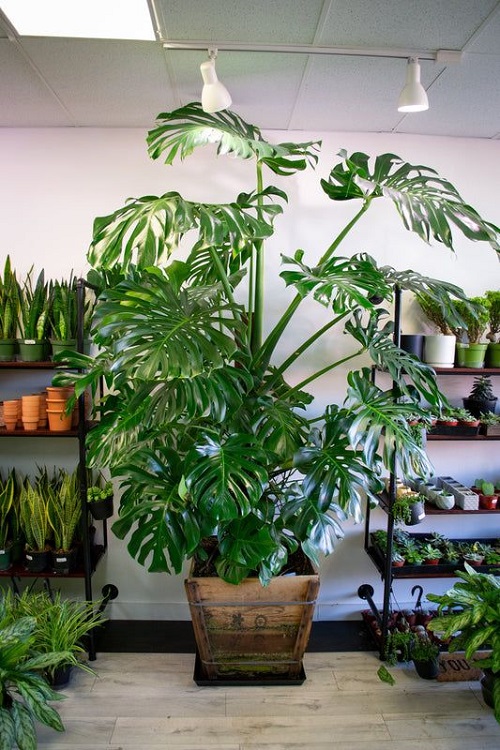Discover how to choose the Best Pots For Monstera plants, and learn about the ones you should stay away from.
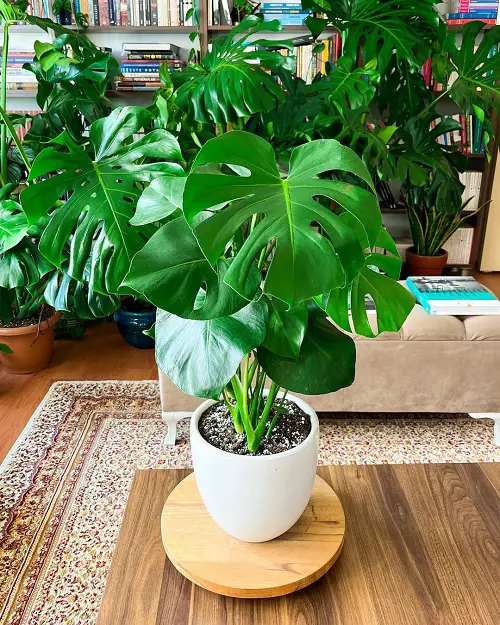
Selecting the right pot for monstera can make it appear more beautiful and made to complement your home or garden’s style. It is also essential for the health of your monstera plant.
Learn the difference between monstera node and aerial roots
Features for Choosing the Best Pots for Monstera Plants
- Drainage: Pots must have one or more drainage holes to prevent waterlogging. Also, don’t forget to use trays under pots to catch excess water, especially for indoor plants.
- Style: Go for a pot that compliments your decor. Consider the colors and textures that suit your walls, furniture, and overall aesthetic well.
- Shape and Depth: Monstera roots are sprawling but not deep. Choose a wider pot rather than a deeper one.
Monstera watering tricks that every plant owner should know
When to Choose The Best Pot For Monstera?
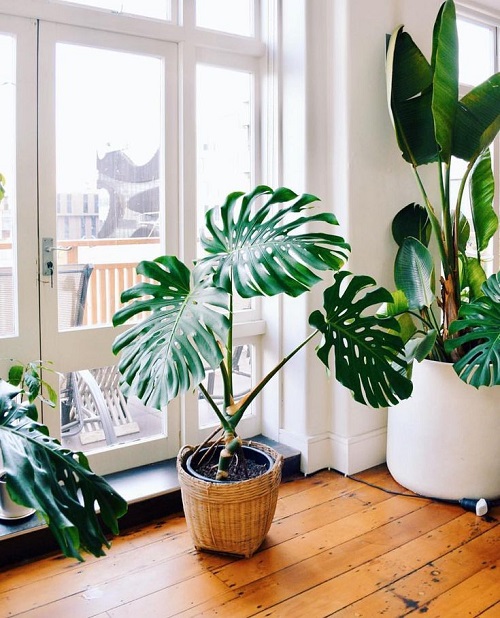
1. When You Are Repotting Monstera
Usually, you don’t need to repot a monstera often. But if you notice common root-bound plant symptoms shown here. Repot it into a new pot, which should be bigger than the old one.
Note: Spring and early summer are ideal for repotting.
2. If You Have an Outdoor Monstera
Outdoor Monsteras face different conditions, like increased light and wind exposure. Therefore, choosing a heavier concrete or terracotta pot will offer stability against wind or wildlife, and its porous nature will facilitate evaporation and airflow well, preventing root rot in humid environments.
Know here why Monstera leaves split
Best Pots for Monstera Plants – Types
1. Terracotta Pots
Terracotta Pots are a good option for Monstera plants. Their porous material allows the plant to breathe and helps regulate the moisture level of soils.
These pots give you a classic earthy look that complements the lush green Monstera leaves well! Just ensure you water the soil every time it feels a little dry to touch on the top.
2. Ceramic Pots
Ceramic pots are generally heavy but more durable and aesthetic. They also have good air circulation, providing monstera roots with easy breathing.
They are visually appealing and are available in various glazes and patterns.
8 Monstera Watering Tricks Every Plant Owner Should Know
3. Clay Pots
Clay pots are not very strong like the above two options excellent choice for monstera plants because of their porousness, drainage capabilities, and ability to dry out quickly if overwatered.
4. Wooden Pots
Wooden pots offer a vintage look that goes well with the overall appearance of the plant. These pots aren’t too breathable and remain wet for a long time, so make sure you water the plant only when the growing medium is really dry to the touch.
Check out how to use Monstera for room partition
Bad Pots For Monstera Plants
1. Avoid Pots That Are Too Small and Shallow
Monsteras are vigorous growers with extensive root systems. When confined in a pot that’s too small, their roots become crowded and tangled, hindering their ability to expand and absorb nutrients and water.
This leads to stunted growth, yellowing leaves, and potbound (choked) conditions.
2. Self-Watering Pots
Monstera does not thrive well in over-moist conditions, and self-watering pots can lead to root rot, a severe fungal disease affecting Monsteras as they water the growing medium even if it is already moist.
3. Containers That Are Too Big
While a bigger pot might seem like a good idea for a growing plant, it can do more harm than good for Monsteras.
A large pot holds more soil, which takes longer to dry after watering. This creates an environment prone to waterlogging that can attract pests and diseases.
4. Cement Pots
Well, cement pots are not a good choice for indoor plants as they are bulky and heavy, making it quite a task to move the plant around – however, they can be an excellent option for outdoor specimens.
Being heavy, they ensure the plant doesn’t get affected by too much wind or sudden impact from animals or humans.


